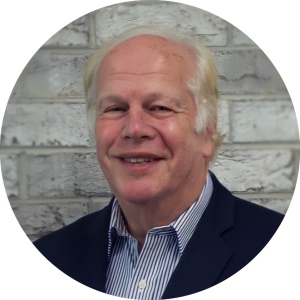“You keep using that word. I do not think it means what you think it means.”
So says Inigo Montoya in the cult classic, The Princess Bride, and it’s at the heart of a recent discussion about whether Tesla Motors is a disruptive carmaker or innovative yet mundane.
According to Harvard professor Clayton Christensen, disruption occurs when a business enters the low end of the market with a cheap and basic product it rapidly improves, capturing customers and revenues before eventually over-running incumbents who were slow to see the threat. By contrast, sustaining innovation occurs when incumbents compete with each other through better value in established products and services.
Christensen’s associate analysed Tesla on five fronts to see if the electric carmaker was disruptive. These were:
- Does Tesla target over-served customers or create a new market?
- Is Tesla more motivated to offer high-performing products than incumbents?
- Will Tesla’s performance outpace customer expectations while tamping costs?
- Does it create new value networks and channels?
- Does Tesla disrupt all incumbents equally?
Classic Christensen theory says Tesla is not disruptive; it’s a ‘sustaining innovation’ because an incumbent could do what Tesla is doing but better, cheaper and quicker and easily overtake the start-up. To put it another way, in Christensen’s worldview all disruption is innovation but not all innovations are disruptive.
But is there more to the Tesla story?
At the risk of challenging the classicists, I think there is.
For want of a better term, I’ll call this “minimum viable disruption” – a series of smaller innovations that by themselves mean little but at a certain point reach a critical mass to create disruption. For a disruptive entrant, there are 10 types of innovation to pursue such as how to arrange its profit model, how it structures itself and its customer engagement.
Rather than run through each of them, there is a handful of facets that, taken together, I believe qualify Tesla as a carmaker causing minimum viable disruption.
- Profit model – Christensen discounts Tesla because it created a premium marque instead of cheap and cheerful (in Australia, Teslas are $110,000 to $150,000 depending on the model). You could think of how the Korean and Japanese carmakers got started as Christensen disruption. And while the case could be made that Teslas save money on fuel, this isn’t why early adopters flock to the car. Compared to their eco-friendly shopping cart predecessors, Teslas are straight luxury.
- Networks – Tesla is creating a sales network of company-owned stores rather than relying on a traditional, indirect channel of car dealers. This raises the ire of powerful US auto dealers who lobby—often successfully—against Tesla in their home states. In Australia, there’s been far less pushback. Tesla is also rolling out its own ‘Supercharger’ infrastructure of bays where it charges owners’ cars for free in about 30 minutes (a charge is good for 500km).
- Customer engagement – Tesla owners are passionate about their cars and buy into the company’s vision. It’s Tesla’s ‘Insane’ and ‘Ludicrous’ performance driving modes that owners brag about, so the marque has also tapped a new market of ‘revheads’. This is evident in even a cursory glance at Tesla’s online discussion forums. And they signed on the dotted line for a six-figure sum before there was the convenience of a full-service network to recharge their cars. This should only accelerate as Tesla releases cheaper cars for the rest of us, much like Apple did with its iPhone, iPad and computer products.
- Open-source innovation – Tesla opened its core intellectual property to all-comers. This is smart because it’s part of a plan to create a competitive ecosystem that will collaboratively build the electric car market, sharing education, marketing, and regulatory and compliance burdens. And as innovators accrete to Tesla’s platform, they create a critical mass to take on the major Detroit, Japanese and European carmakers.
Tesla: Disruptor or just an innovator?
While Tesla’s radical approach to the car industry gives it street cred now, it won’t want to be a rebel or challenger brand forever so these moves to broaden its base are vital to its continued success.
Whether they’re a disrupter or just an innovator remains to be seen but for my money the classicists are wrong. There are many roads that lead to disruption and Tesla is racing down a number of them at once.
As Inigo Montoya might tell Clayton Christensen and his followers: “Disruption isn’t what you think it means”.










